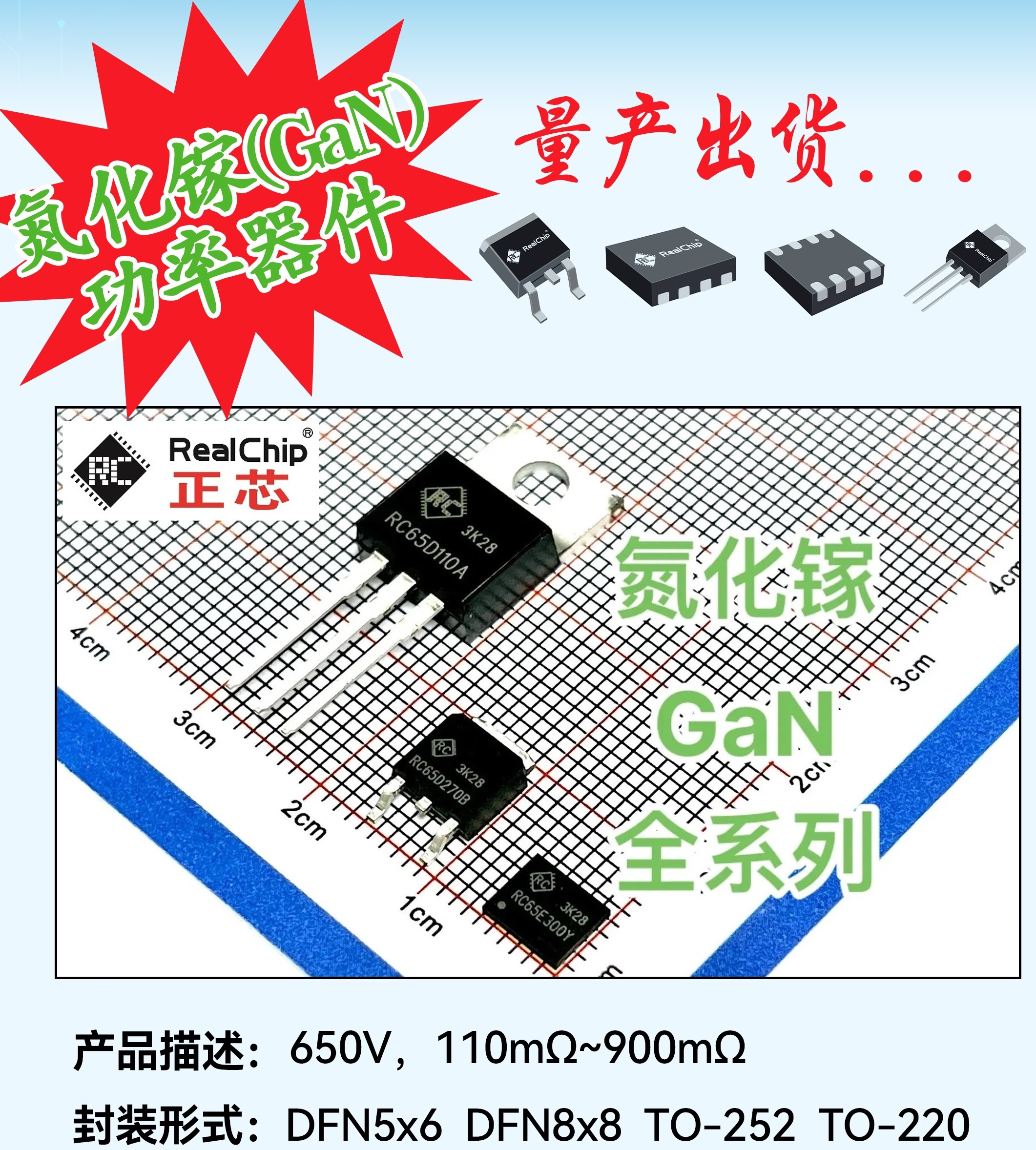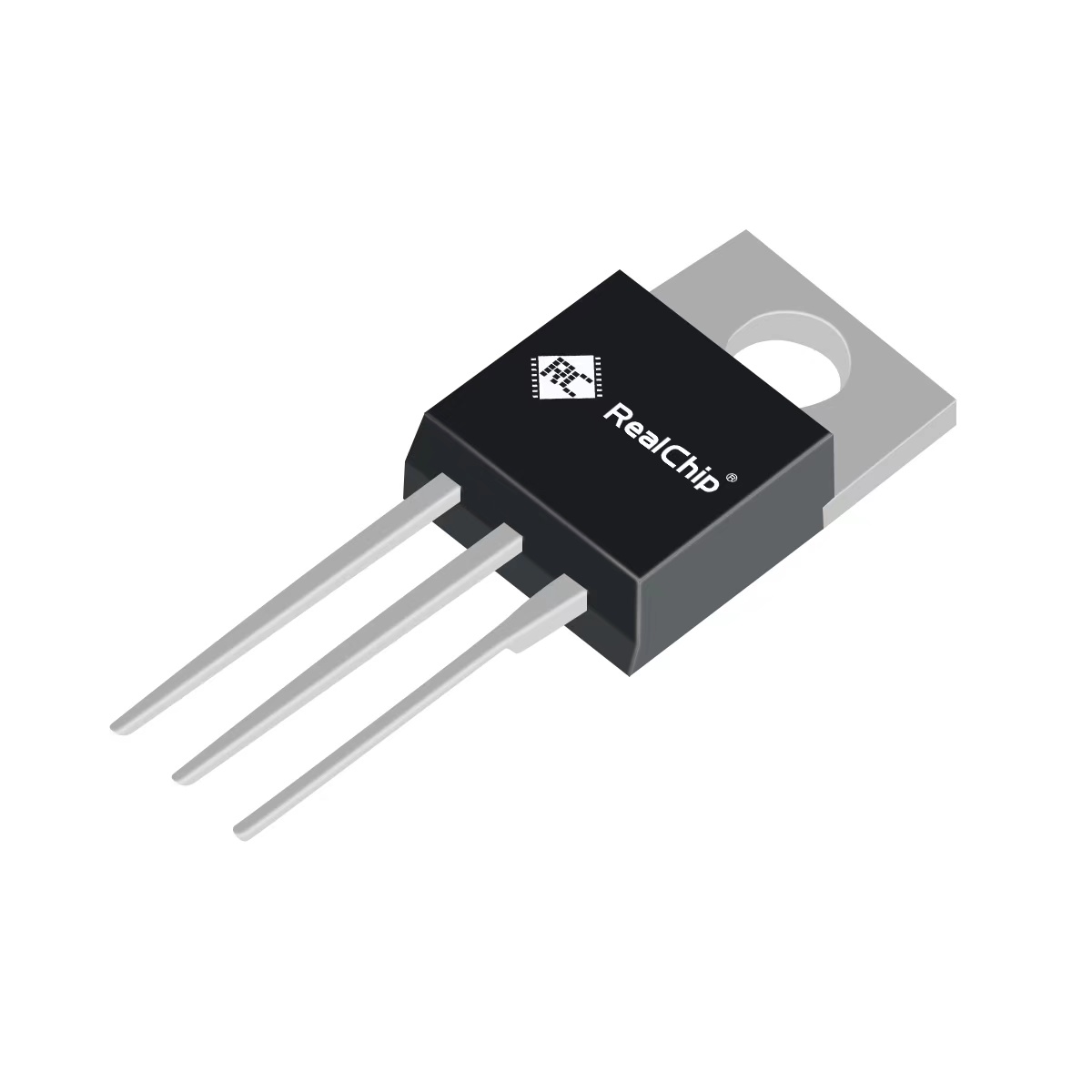The main players offering eSIM basic watches in the Chinese market are Huawei, Honor, Vivo, and Xiaomi, all of whom belong to the mobile phone manufacturer ecosystem and have released one or more eSIM basic watches, but their strategies are different:
Huawei, as one of the earliest to enter the eSIM base watch market in China, is positioned in the mid to high end market. Currently, the latest eSIM base watch on sale is a 22 year old product, and it is more inclined to add eSIM functionality to its smartwatch Watch digital series, in order to bring more use cases for eSIM through richer application scenarios of smartwatches.
Vivo, as an early player in the eSIM basic watch market, targets the mid to low end consumer group and continues to iterate. Currently, the eSIM basic watch Watch GT on sale has a minimum price of 799 yuan, and brings AI elements linked to mobile phones and long battery life, providing consumers with a cost-effective choice.
Honor focuses on the mid-range market and achieves a diversified and differentiated layout of its product line by adding eSIM functionality to the Watch GT4 series, ensuring Honor's stable position in the smart wearable market.
Xiaomi is moving towards the high-end by combining eSIM functionality with sports watches and applying it to the Watch S4 Sport, aiming to attract users who pursue high-quality living and value technological experience, and bring users a more intelligent and convenient smart wearable choice.
In the short term, adding eSIM functionality to basic watches provides consumers with more affordable wearable devices with networking capabilities, which helps to attract more consumers to contact and consider purchasing such products, promoting the penetration rate of eSIM devices in watches. However, in the medium to long term, the long-term growth of eSIM in basic watches still faces some challenges:
The application scenarios are still limited: Currently, eSIM smart wearable devices will not completely separate from smartphones and become independent "second terminals" in general user application scenarios. eSIM can only meet communication problems in specific usage scenarios or situations where the phone is inconvenient to use, and its usage frequency is limited. And for basic watches, they usually do not have a complex application ecosystem and powerful processing capabilities. For applications with high-frequency potential such as real-time navigation, streaming media, and ride hailing, it is still somewhat difficult. This requires manufacturers to further develop the platform to expand the application scenarios of eSIM function and improve user stickiness to this function.
Cost benefit considerations: Cost benefit considerations are applicable to both manufacturers and consumers. For manufacturers, although transferring eSIM to more affordable basic watches can bring short-term growth in shipment volume, the introduction of eSIM technology requires manufacturers to continue investing in backend support systems and platform research and development to ensure service stability and innovation. Therefore, excessively compressing the price of eSIM watches may limit manufacturers' investment ability in subsequent product iterations, affecting technological upgrades and market competitiveness. Secondly, for consumers, the popularity of eSIM technology in basic watches undoubtedly lowers the threshold for this feature,
making it more accessible to the general public's purchasing power. However, in practical applications, considering that eSIM currently mainly meets limited communication scenarios, consumers need to bear a fixed additional monthly package fee, which to some extent increases the cost burden of long-term use. In the current wearable device market, where one-time purchases are the main focus, the long-term cost investment characteristics of eSIM watches require manufacturers to provide matching services and experiences that are commensurate with, or even exceed, consumer expectations, in order to attract users to be willing to invest in eSIM functionality for a long time.
Operator restrictions: Chinese operators are still relatively conservative in promoting eSIM services, with restrictions on package models, brands, and the degree of independent online processing. In addition, the services provided by different suppliers vary, which not only affects consumers' user experience but also limits market expansion. Especially for the basic watch market, with low pricing and limited profit margins, operators may lack sufficient motivation to promote related services, resulting in limited benefits for eSIM as a basic watch operation channel.
In summary, the application of eSIM to basic watches in the Chinese market injects new vitality into Chinese basic watches. However, in the medium to long term, the penetration of eSIM in basic watches still faces challenges such as limited application scenarios, cost-effectiveness considerations, and operator restrictions. In the future, with the continuous maturity of technology and the optimization of market environment, eSIM basic watches are expected to further expand their application boundaries, bringing users a more diverse and rich intelligent wearing experience.






